Growing Continuous Soybeans
In southern Illinois continuous soybean rotation has been in practice for some time. Due to the nature of our soil, soybeans have always been a better fit than corn. I have managed these acres for growers and have learned that if you can manage them carefully, beans-on-beans can be just as profitable as rotational beans. The three practices that are key to managing this rotation are weed control, soil fertility and seed selection. Weed control One of the biggest challenges we face in soybean production today is weed control. Over time Roundup® (glyphosate) has lost its effectiveness on one [...]
Facts about Nematodes
Nematodes are a fact of life whether you grow corn or soybeans or other crops. Today, in my opinion, nematodes are one agronomic issue growers don't know enough about. Did you know that 4 out of 5 creatures on planet earth are nematodes? Here are some other interesting facts about nematodes. What are nematodes? Nematodes are tiny, colorless, threadlike, unsegmented roundworms but aren’t related to earthworms. Some types of nematodes like hookworms, roundworms, and pinworms attack man as well as animals. There are several dozen species that attack plant roots, as well as a few that injure stems and [...]
Dropping Seeding Rates
Many growers can save money by dropping soybean seeding rates in 2018. We have seen a big decline in soybean seeding rates over the last three decades. Growers were dropping 200,000+. Then Roundup Ready® was released and we had to depend less on row spacing and population to control weeds and rates dropped to 160,000 to 180,000. Then seed costs went up and seed was being sold at 140,000 seeds per unit and seed rates dropped to 140,000 to 160,000. Many growers still want the insurance of a good stand that comes with a higher seeding rate if some [...]
Sulfur and Boron Testing in Soybeans
Sulfur and boron are increasingly important nutrients for soybeans. So, are soil and tissue tests reliable measures? Soil testing is a proven tool for evaluating nutrient availability. In Illinois, the established trend for many is to test every four years, focusing on pH, phosphorus and potassium. But plant growth also requires an adequate supply of several other nutrients. Some assume that Illinois soils do not require micronutrient testing or that testing for them is expensive. Both assumptions may have been true in the past, but neither is true today. The increasing use of the Mehlich III (M3) extraction now [...]
Webinar: Soil Health, Soil Respiration and Nutrient Cycling
Will Brinton, Ph.D., explains the importance of various soil tests and how they relate to each other for overall soil health and productivity. He also discusses nutrient cycling and its role in soil health. Soil Health Cooperation of plants + organisms No single test for soil health different lab tests may reveal similar ranking Tools Selected Based on Function soil food-carbon primary and secondary decomposers nutrient + OM transport structure & infiltration respirator CO2-O2 Influx- Efflux Soil Health Testing Issues Practice of farming are analyses relevant at magnitude of farming practices can results be interpreted into management decisions Practice [...]
Nitrogen on the Soybeans Yield Gap
Is some of the yield gap we see in soybeans today due to a lack of nitrogen? For the past 4 or 5 years we have been hearing a lot about applying nitrogen (N) on soybeans and we still don’t have a clear direction. Sometimes it works and sometimes it doesn’t. And we still don’t have a clear idea of the best timing, form or amount to apply and until we do, guaranteeing a return on investment isn’t very likely. We do know a couple things, though: High yields greater than 70, 80 or 90 bu/A may need a [...]
Evaluate Your Cereal Rye for Soybean Success
Planting cereal rye before soybeans has become the most widely used cover crop and cash crop combination today. It is readily chosen because of its hardiness, ease of establishment, low cost, multiple planting methods and wide planting window in the fall. Cover crops, like cereal rye, provide many benefits for the upcoming soybean crop such as weed suppression, insect management, disease management, soil erosion prevention, nutrient scavenging and nutrient cycling. But the key to being successful is not only determining your goals when planting cereal rye ahead of soybeans, but to also properly evaluate the cover crop stand and [...]
Reconsidering Surfactants
Are you adding additional surfactant to your herbicide package? Glyphosate is a herbicide that comes fully loaded with an adjuvant package. Because we have had so many acres treated with glyphosate alone over the last 15 years, I believe we may have forgotten the importance of adjuvants in the tank for maximizing herbicide performance. I would challenge you to talk with your crop protection retailer and make sure you know EXACTLY which adjuvant is the best one for the herbicides you are using in 2018. And ask what the difference is between NIS, MSO, COC or an HSOC. Not [...]

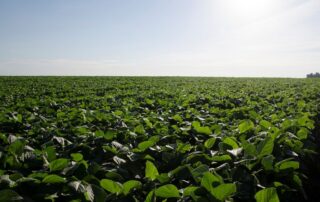
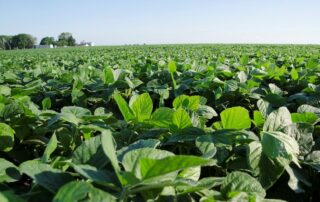
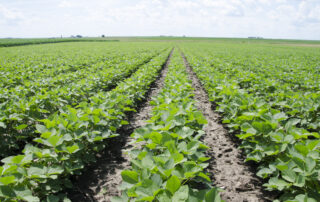
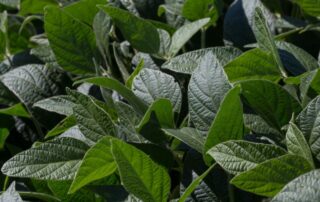
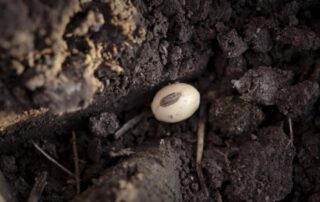
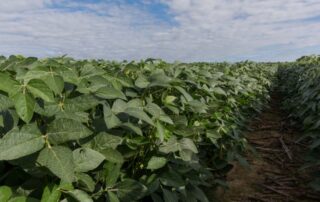
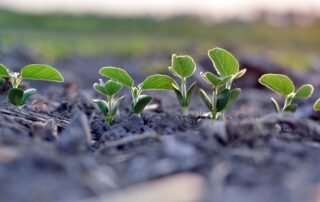
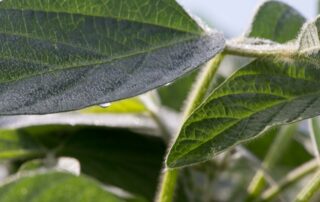

 and then
and then